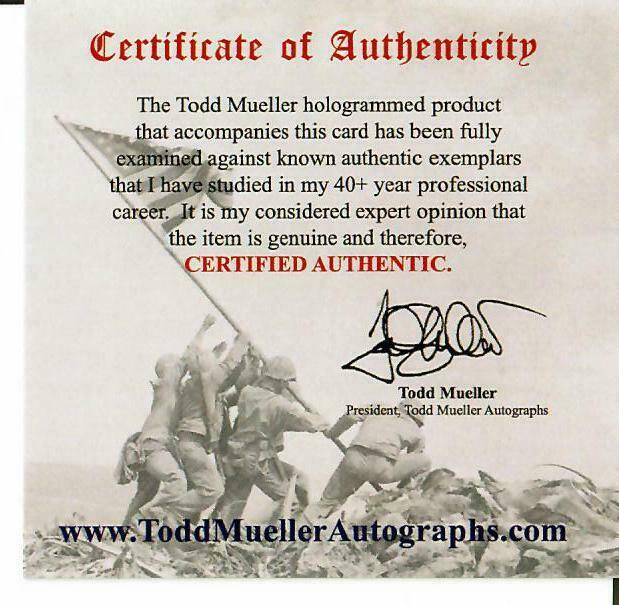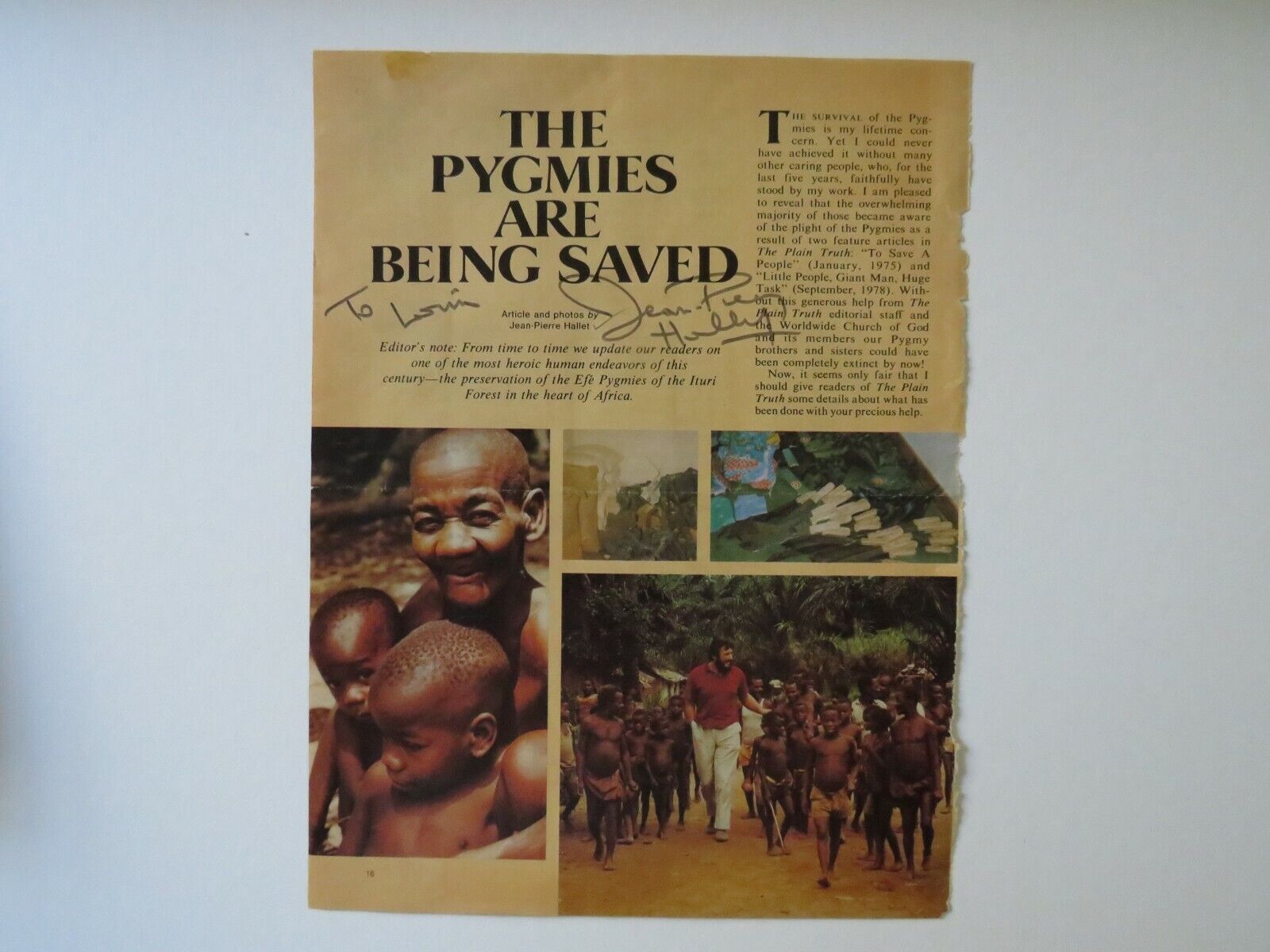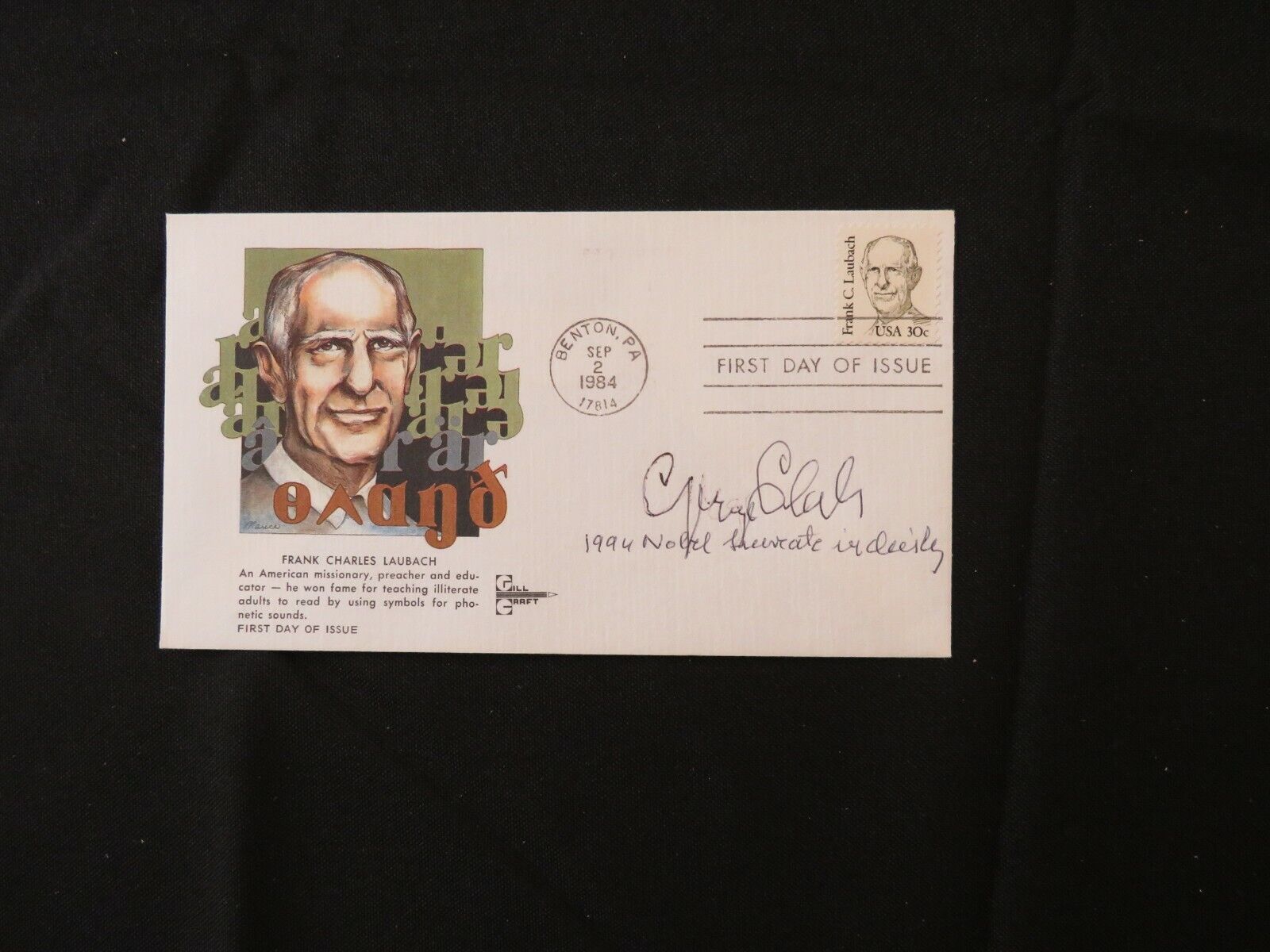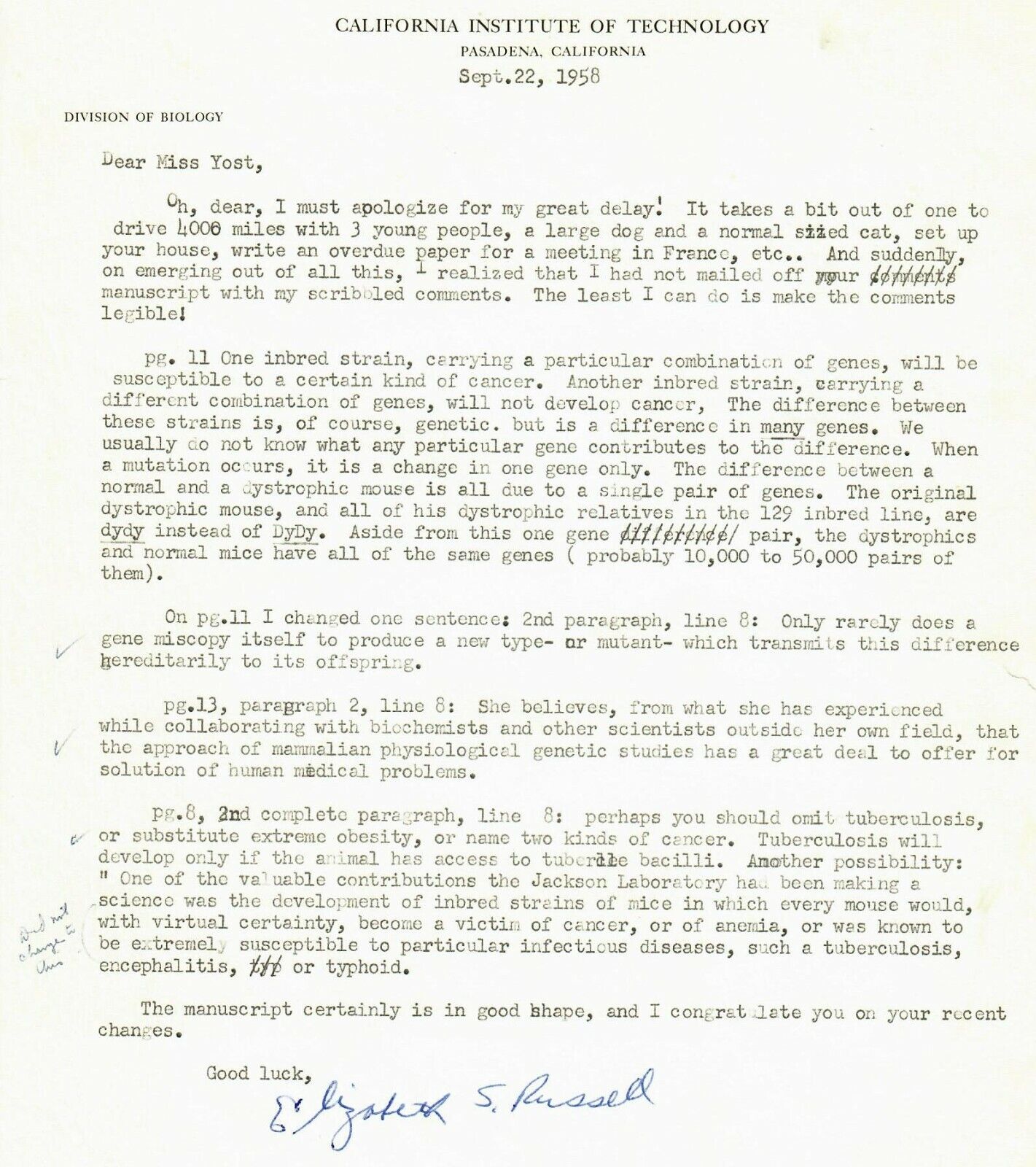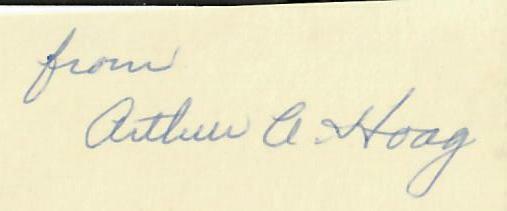-40%
RARE "Acoustical Engineering" Harry Olson Signed TLS Dated 1959 Todd Mueller COA
$ 184.79
- Description
- Size Guide
Description
Up for auction a RARE!"Acoustical Engineering" Harry Olson Signed TLS Dated 1959. This item is certified authentic by Todd Mueller Autographs and comes with their Certificate of Authenticity.
ES-4909
Harry Ferdinand Olson
(December 28, 1901 – April 1, 1982) was a prominent engineer at
RCA Victor
and a pioneer in the field of 20th century acoustical engineering.
Harry F. Olson was born in
Mount Pleasant, Iowa
to Swedish immigrant parents. Technically inclined from an early age, he built and flew model airplanes, constructed a steam engine and invented a wood-fired boiler that drove a 100-volt DC generator. Olson designed and built an amateur radio transmitter, gaining enough proficiency to be granted an operator's license. Olson went on to earn a bachelor's degree in
Electrical Engineering
from the
University of Iowa
then continued to earn a
Master's degree
with a thesis on acoustic wave filters in solids and a
doctorate
in
Physics
, working with polarization of resonance radiation in
mercury
. Immediately after completing his course of study in 1928, Olson moved to
New Jersey
to work for RCA Laboratories. Olson would remain at RCA for almost four decades. Olson had a continuing interest in music, acoustics, and sound reproduction, and, by 1934, he was placed in charge of
acoustical research
at RCA. At RCA, Olson worked on a wide range of projects, which included developing
microphones
for the broadcasting and motion picture industries, improving
loudspeakers
, and making significant contributions to
magnetic tape recording
. Like many engineers of the World War II generation, Olson also made significant contributions to military technology as well, particularly to the fields of
underwater sound
and
anti-submarine warfare
. After the war Olson, along with Herbert Belar, developed the first modern electronic synthesizer. Equipped with electron tubes, the
Mark II Sound Synthesizer
was used to compose music, which was recorded and sold to the public. A prolific inventor and engineer, Olson was awarded more than 100 patents for the various types of microphones (including the widely used 44- and
77-series
),
cardioid
(directional) microphones,
loudspeaker baffles
,
air-suspension loudspeakers
,
isobaric loudspeakers
, early video recording equipment, audio recording equipment,
phonograph pickups
, underwater sound equipment,
noise reduction
,
sound technology in motion-pictures
, and
public-address systems
he developed. He also authored 135 articles and ten books including an interdisciplinary text charting the
dynamical analogies
between electrical, acoustical and mechanical systems. In 1949, Olson was honored by being the first recipient of the
Audio Engineering Society's John H. Potts Memorial Award
, an award program which was later renamed the Gold Medal. In 1953-4 Olson served as president of the
Acoustical Society of America
, which awarded him the very first
Silver Medal in Engineering Acoustics
in 1974 and the
Gold Medal
in 1981. He won the
IEEE Lamme Medal
in 1970,
[3]
was elected to the
National Academy of Sciences
in 1959, and was the recipient of many honorary degrees during his lifetime. Olson retired from RCA in 1967, continuing as a consultant for RCA Laboratories. Shortly after World War II, Dr. Olson conducted an experiment, now considered a classic, to determine the preferred bandwidth for the reproduction of music. Previous experimenters had found that listeners seemed to prefer a high-frequency cutoff of 5000 Hz for reproduced music. Dr. Olson suspected that this was likely due to imperfections in the sound, especially in the higher frequencies, as reproduced by equipment in common use at the time. These imperfections included clicks and pops (from
78 rpm recordings
), added noise (from
AM radio broadcast
static), hiss and harmonic distortion (from
amplifier
circuits), and non linear frequency response from primitive
loudspeaker
designs. If the sound was free of these problems, he reasoned, listeners would prefer full frequency reproduction. In his experiment, he set up a room which was divided diagonally by a visually opaque but acoustically transparent screen. The screen incorporated a concealed low-pass acoustical filter having an upper frequency cutoff of 5000 Hz. This filter could be opened or closed, allowing either the full range of frequencies to pass or the range only below 5000 Hz. At first, a small orchestra sat and performed on one side of the screen, while a group of test subjects sat on the other and listened. The listeners were asked to select their preference between two conditions: full bandwidth or restricted bandwidth. There was overwhelming preference in favor of the full bandwidth. Next, the orchestra was replaced with a sound-reproduction system with loudspeakers positioned behind the screen instead. When the sound system was free of distortion, the listeners preferred the full bandwidth. But when he introduced small amounts of nonlinear distortion, the subjects preferred a restricted bandwidth, thus demonstrating clearly the importance of high quality in audio systems.
As a result of this experiment and the work of others, such as
Avery Fisher
and later
Edgar Villchur
, high fidelity sound recording, transmission, and reproduction equipment saw increased investment, development, and public acceptance in the following decades. The design and manufacture of everything from
microphones
, to
tape recorders
,
vinyl records
, amplifiers, and loudspeakers were impacted.

